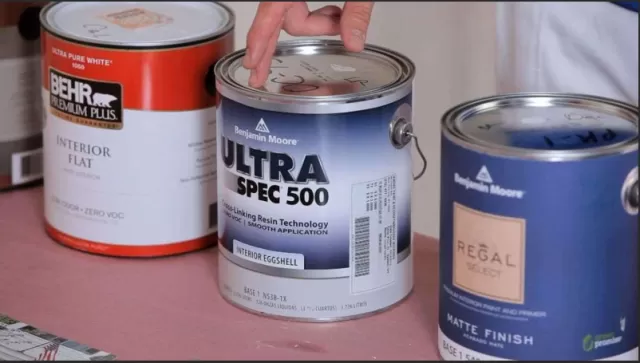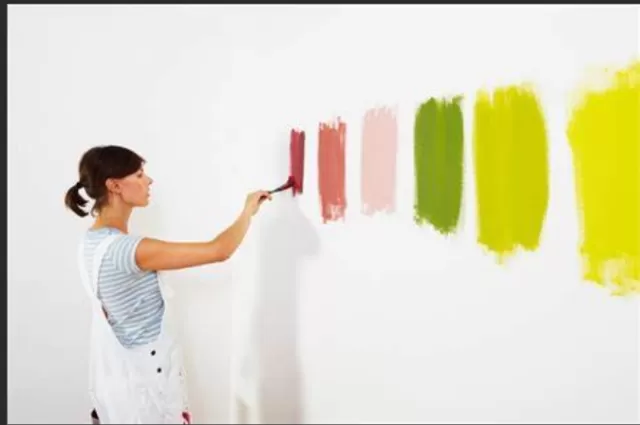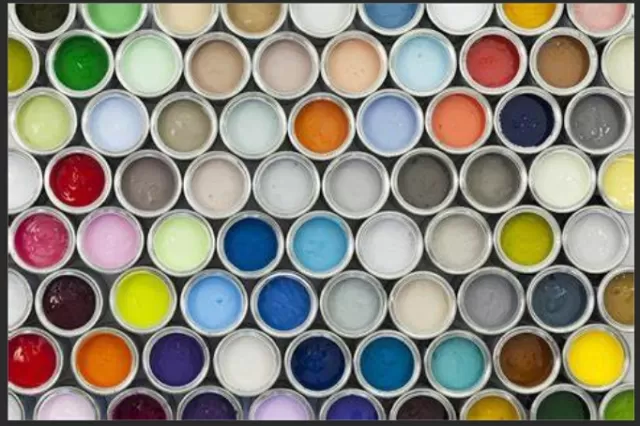Steer Clear of These Common Painting Mistakes.Applying a fresh coat of paint is a budget-friendly way to enhance your home’s overall appearance, whether you’re updating your interior walls or adding color to an outdoor deck. However, the intended improvement can backfire if not executed correctly. From minor oversights like neglecting to clean your walls before painting to more significant mistakes such as choosing the wrong Paint Color, it’s crucial to steer clear of common pitfalls during your painting projects. By avoiding these errors, you can ensure a successful and visually pleasing outcome. Whether you’re a seasoned DIY enthusiast or tackling a painting project for the first time, being mindful of these common mistakes will help you achieve professional-looking results and maintain the aesthetic integrity of your home.
Prevent Paint Shortages: Plan Accordingly and Use Online Calculators

A frequently encountered mistake during home painting projects is underestimating the amount of paint needed.
This error, however, can be easily avoided with careful planning. Many paint brands provide online paint calculators to assist in determining the right quantity.
Architectural expert Kulikowski advises homeowners to customize these calculators by considering factors such as the type of paint product, the painting substrate, and its condition.
For accurate results, adjustments should be made based on the specific characteristics of the project.
For instance, older wood siding that hasn’t been painted in years may absorb more paint than a standard online calculator suggests. By accounting for these variables, online calculators become valuable tools, ensuring you purchase an adequate amount of paint to complete your project successfully.
Exercise Patience: Let the First Coat Dry Completely Before Applying the Second
Resist the temptation to apply a second coat of paint before the first one has dried completely.
This common impatience can compromise the final look of your project. According to expert advice from Sloan, waiting for the first coat to dry thoroughly before applying the second ensures proper adhesion. It also prevents issues such as smudging or lifting, resulting in a smooth and even finish. Prioritize patience in your painting process, allowing each coat to dry completely for a flawless and professional outcome that you’ll be pleased with in the long run.
Selecting the Right Paint Type: Consider Substrate and Space Usage

Avoid the pitfalls of choosing the wrong paint by considering both the substrate and the intended usage of the space.
Architectural expert Kulikowski emphasizes that the selection of paint isn’t just about personal preference; it’s about choosing what is suitable for the substrate and understanding the space’s purpose.
Most paint cans provide valuable information about the compatible substrates for the product.
Pay attention to this guidance to ensure optimal adhesion and longevity. By aligning your paint choice with the specific needs of the project, you not only prevent premature paint failure but also streamline your project, avoiding unnecessary costs and time-consuming complications.
Optimize Paint Application: Choose the Right Brush for the Job
The selection of the appropriate paint brush is crucial for achieving a smooth and effective application.
According to Edrosa, using a synthetic bristle brush is recommended for water-based paints, while a natural bristle brush is suitable for oil-based paints. The choice of brush material ensures compatibility with the specific characteristics of the paint, facilitating a more seamless application process.
For those uncertain about the best brush for their project, Edrosa suggests checking the label on the paint product.
Many paint labels provide information on the types of projects for which they are best suited, guiding users in selecting the right brush for optimal results. By investing in the correct brush for the type of paint being used, you enhance both the efficiency and quality of your painting project.
Ensure Color Confidence: Test Paint Samples Before Full Application

To avoid surprises and ensure satisfaction with your color choice, it’s crucial to test paint samples on your walls before committing to the entire project.
As Bosveld advises, apply color samples and observe how the light interacts with them at different times of the day—morning, noon, and night. Lighting variations can significantly impact how a color appears, influencing its overall effect in the space.
To enhance your confidence in the chosen color, live with the samples for a period.
This allows you to assess the color under various lighting conditions and ensures that you are genuinely comfortable and pleased with your selection. Taking the time to test paint samples is a small investment that can prevent dissatisfaction and the need for potential repainting in the future.
*The information is for reference only.